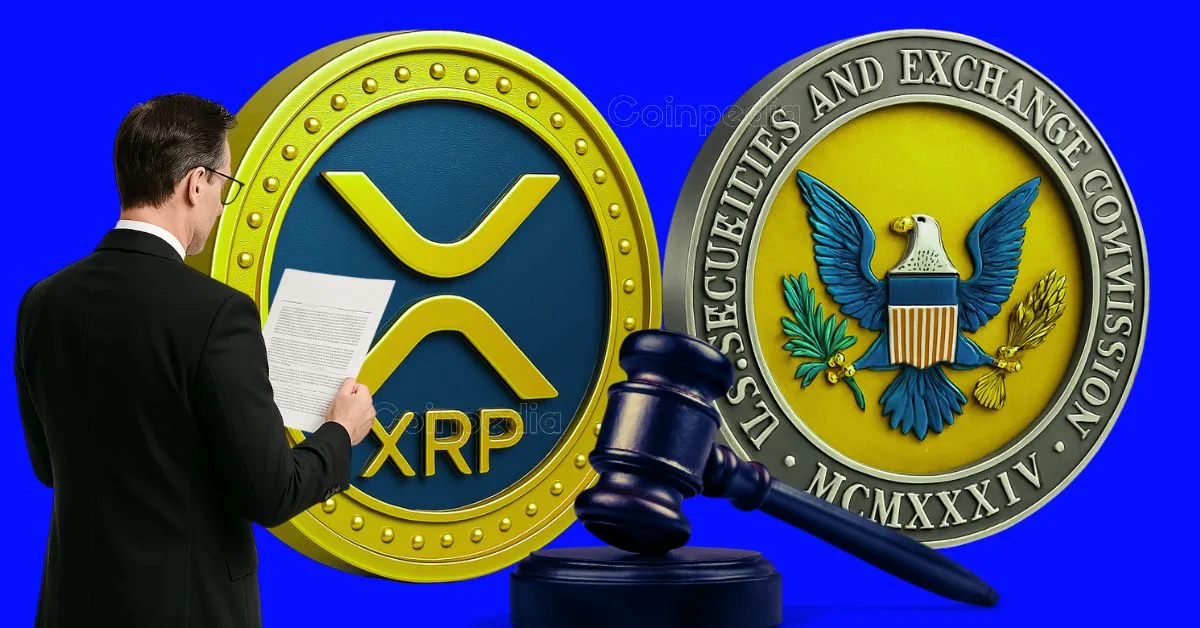The Ripple-SEC lawsuit has been a focal point in the cryptocurrency world, with significant dates like July 3 and August 15 drawing considerable attention. These dates have been speculated to mark critical milestones in the legal battle, but their actual importance varies. Understanding the context and implications of these dates is essential for grasping the broader impact on Ripple, XRP, and the regulatory environment for cryptocurrencies in the U.S.
The Ripple-SEC Legal Saga: A Pivotal Case
The lawsuit began in December 2020 when the SEC accused Ripple Labs of conducting an unregistered securities offering by selling XRP worth over $1.3 billion. The SEC argued that XRP should be classified as a security, requiring Ripple to comply with regulatory oversight. Ripple, however, contested this classification, asserting that XRP functions as a currency rather than a security. This case has become a landmark in determining how cryptocurrencies are regulated in the U.S., with far-reaching implications for the industry.
Over the past few years, the lawsuit has seen numerous motions, appeals, and rulings, including a $125 million penalty imposed on Ripple, which was upheld by the court. Each development has had significant effects on XRP’s market performance and the broader crypto industry outlook. The case has also sparked debates about the regulatory framework for digital assets, with stakeholders closely monitoring every legal move.
July 3: A Symbolic Milestone
The date July 3 gained prominence due to speculation surrounding an upcoming SEC meeting that could influence the case’s trajectory. The crypto community hoped that a decision or settlement might emerge on this date, potentially ending years of uncertainty. However, legal experts and recent news indicate that July 3 lacks official legal significance. While it may represent a checkpoint in settlement discussions or appeals handling, it does not guarantee the closure of the lawsuit.
Ripple’s recent decision to drop its cross-appeal signals a strategic move toward resolution, indicating a willingness to halt prolonged litigation and negotiate a final agreement with the SEC. Both parties have shown interest in settling, but judicial hurdles, such as permanent injunctions, continue to pose challenges. The July 3 meeting may serve as a procedural checkpoint, but it is unlikely to deliver a definitive resolution.
August 15: A Critical Deadline
August 15 holds more concrete weight within the legal timeline, as it corresponds to deadlines for status reports and updates to the court. These reports include details about ongoing institutional XRP sales and financial penalties that Ripple may face. Both parties have jointly sought extensions to finalize settlement terms, and Judge Analisa Torres has paused proceedings pending developments around this date.
Unlike July 3, August 15 is linked to substantive court mandates, making it a more critical date for investors and stakeholders. While it may not immediately deliver a final verdict, it serves as an important marker for the lawsuit’s progress and any eventual settlement. The intertwined negotiations, procedural decisions, and judicial oversight indicate that August could unfold as a month rich with legal activity, potentially leading to significant developments.
Legal Motions and Developments
Recent court activity includes the denial of a joint motion by Ripple and the SEC aiming to lift or reduce the $125 million penalty imposed on Ripple. Judge Torres rejected their proposal, extending the legal drama. Ripple’s decision to drop its cross-appeal is a strategic step toward resolution, signaling readiness to halt prolonged litigation and possibly negotiate a final agreement with the SEC.
Both sides have shown interest in settling but face judicial hurdles, such as permanent injunctions currently blocking them from escaping legal judgments. The intertwined negotiations, procedural decisions, and judicial oversight indicate that July and August could unfold as months rich with legal activity rather than a single definitive resolution moment.
Market and Regulatory Impact
The lawsuit’s outcome has immense implications for XRP’s classification and, by extension, the future of cryptocurrency regulation in the U.S. A favorable ruling for Ripple would clarify that certain cryptocurrencies may not be securities, providing regulatory certainty and encouraging innovation. Conversely, a verdict in favor of the SEC solidifies stringent regulatory control, potentially hampering XRP’s adoption and setting a precedent for other tokens.
This uncertainty has caused significant price volatility in XRP markets and stirred debate within crypto investors and regulators. The anticipation around July and August fuels trading speculation, as investors watch for news that could either unleash XRP’s potential or reinforce regulatory constraints.
Conclusion: Dates to Watch, but Not the Final Chapters
While July 3 has been touted as potentially significant, it remains more of an administrative date than a legal deadline guaranteed to end the Ripple-SEC lawsuit. August 15, meanwhile, carries firmer weight tied to court-mandated reports and ongoing settlement discussions. The lawsuit is not expected to conclusively resolve on these dates alone but rather unfolds through a sequence of motions, rulings, and negotiations culminating in the near future.
Ripple dropping its cross-appeal and the SEC’s anticipated similar move indicate that the intense litigation phase is waning, paving the way for a settlement or final judgment. In the high-stakes drama that is Ripple vs. SEC, these dates represent important beats rather than the finale, offering signals of progress in an evolving narrative that will shape both XRP’s destiny and the regulatory landscape for cryptocurrencies in the United States.





